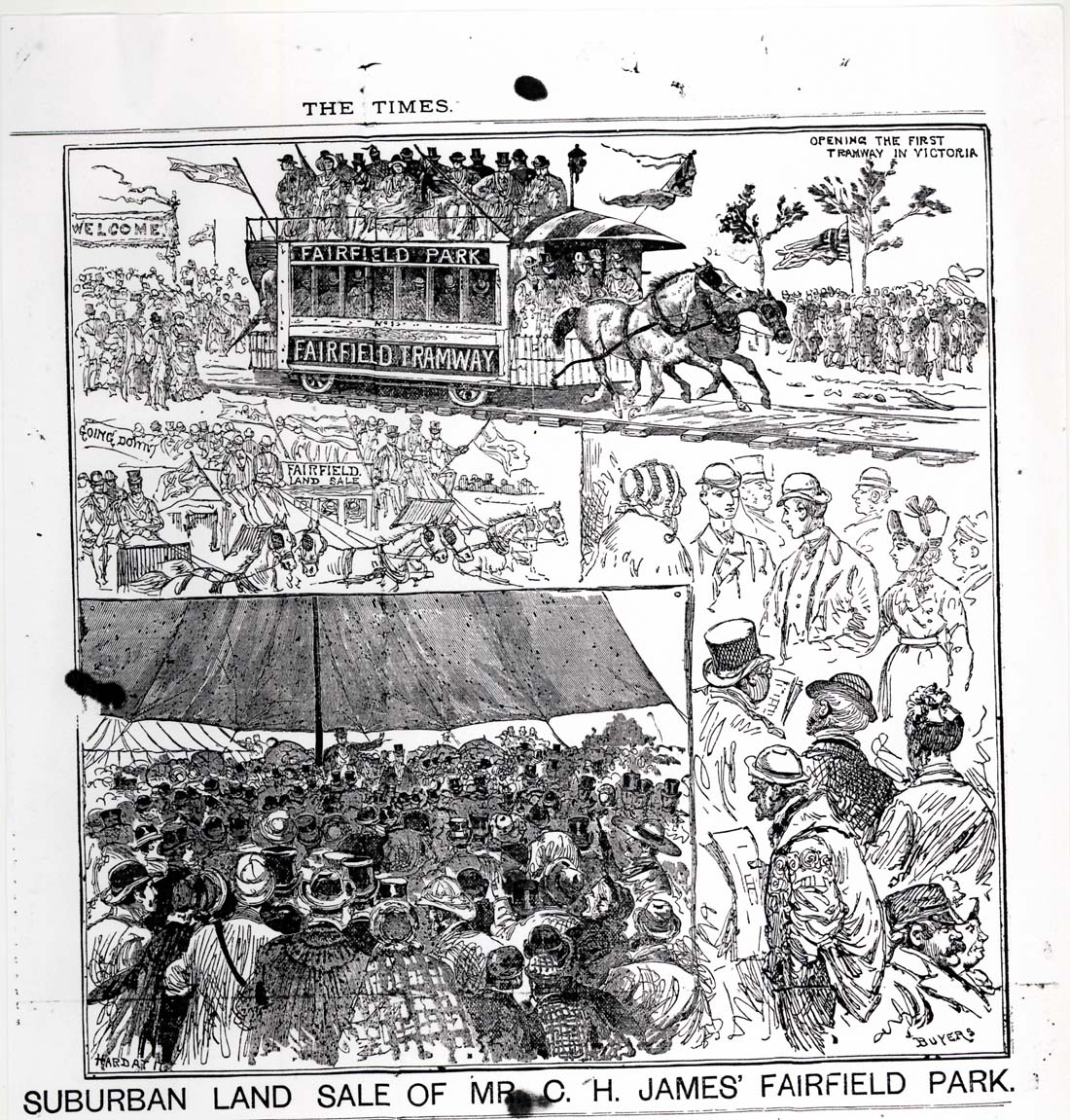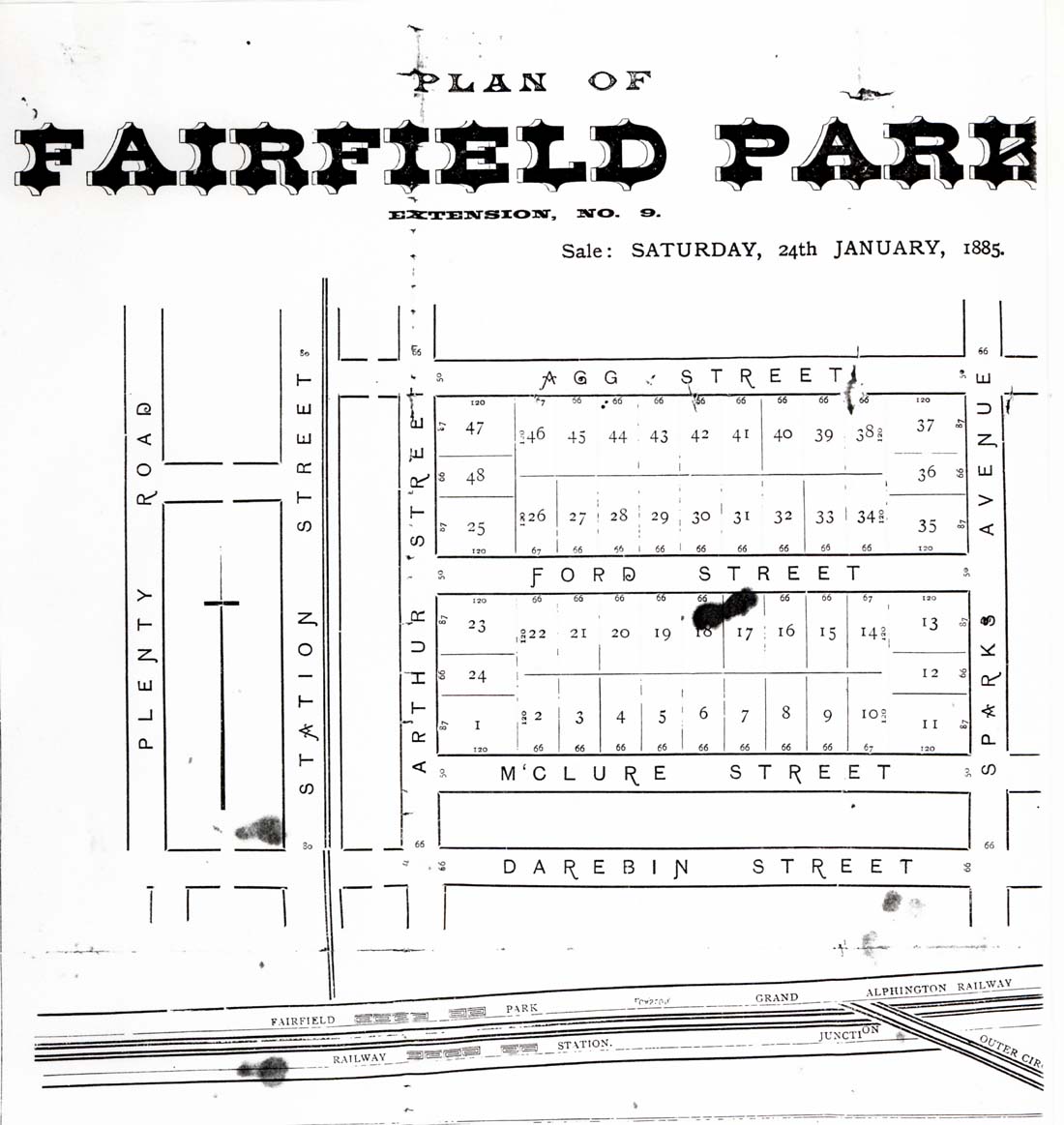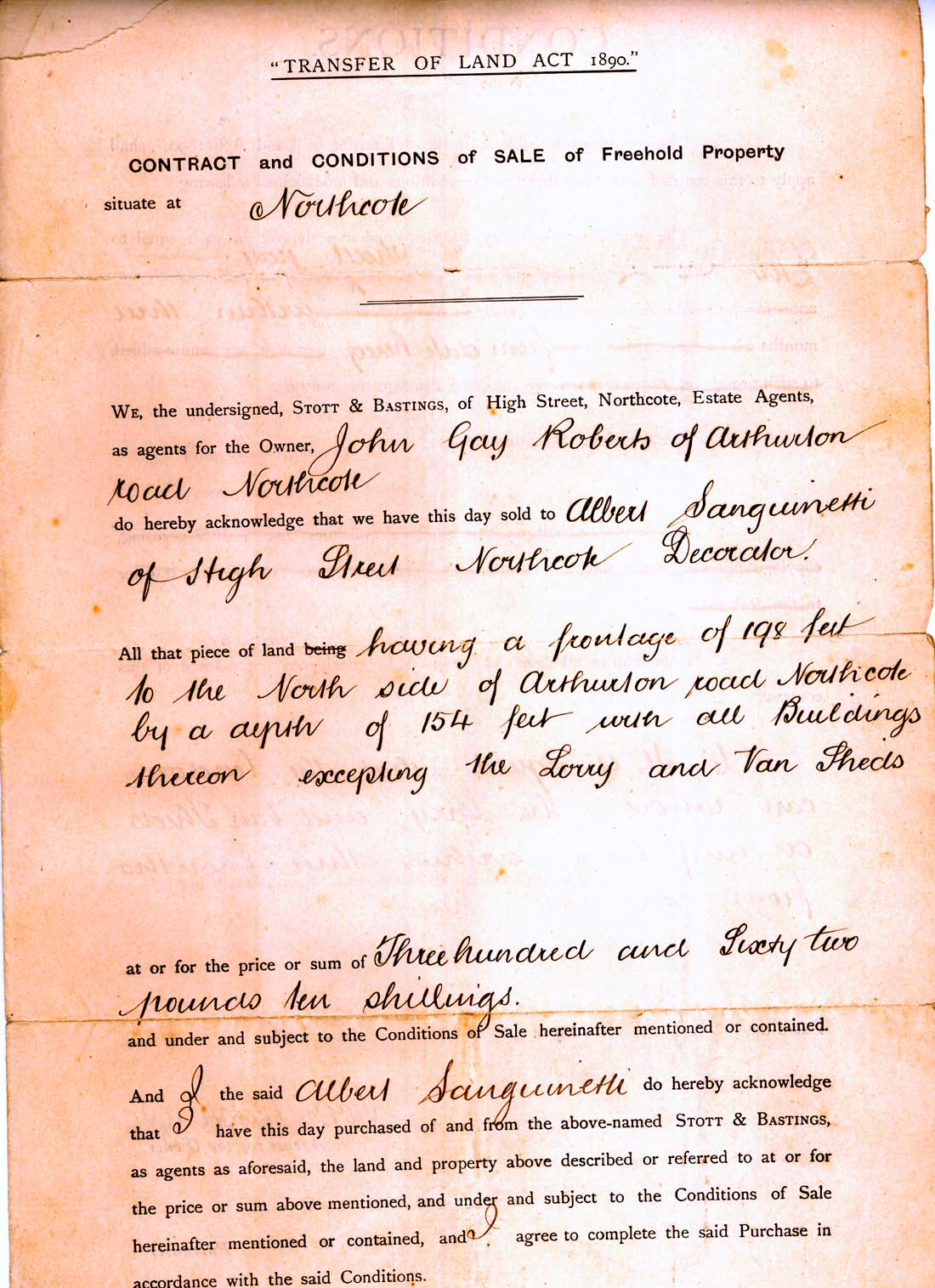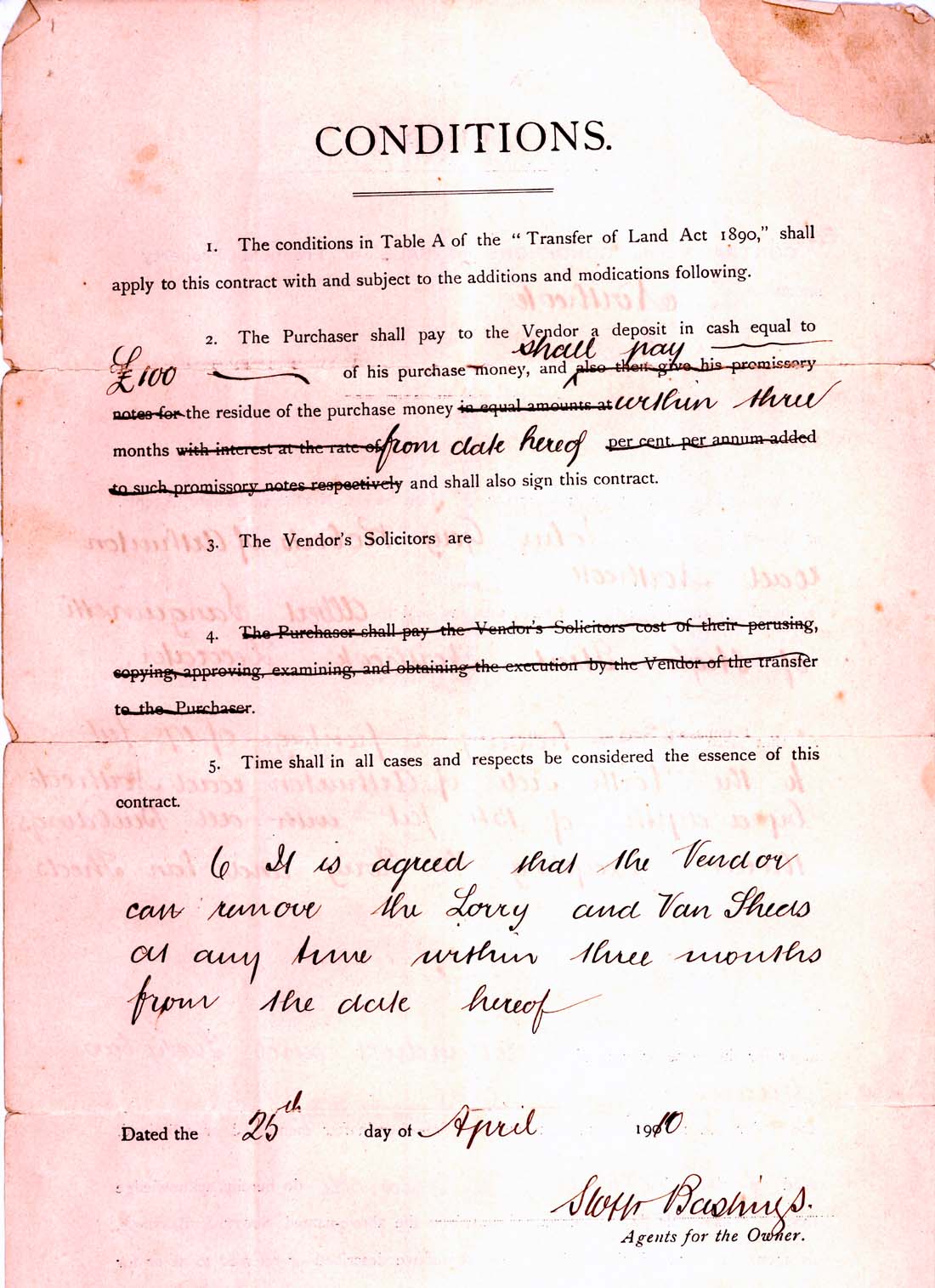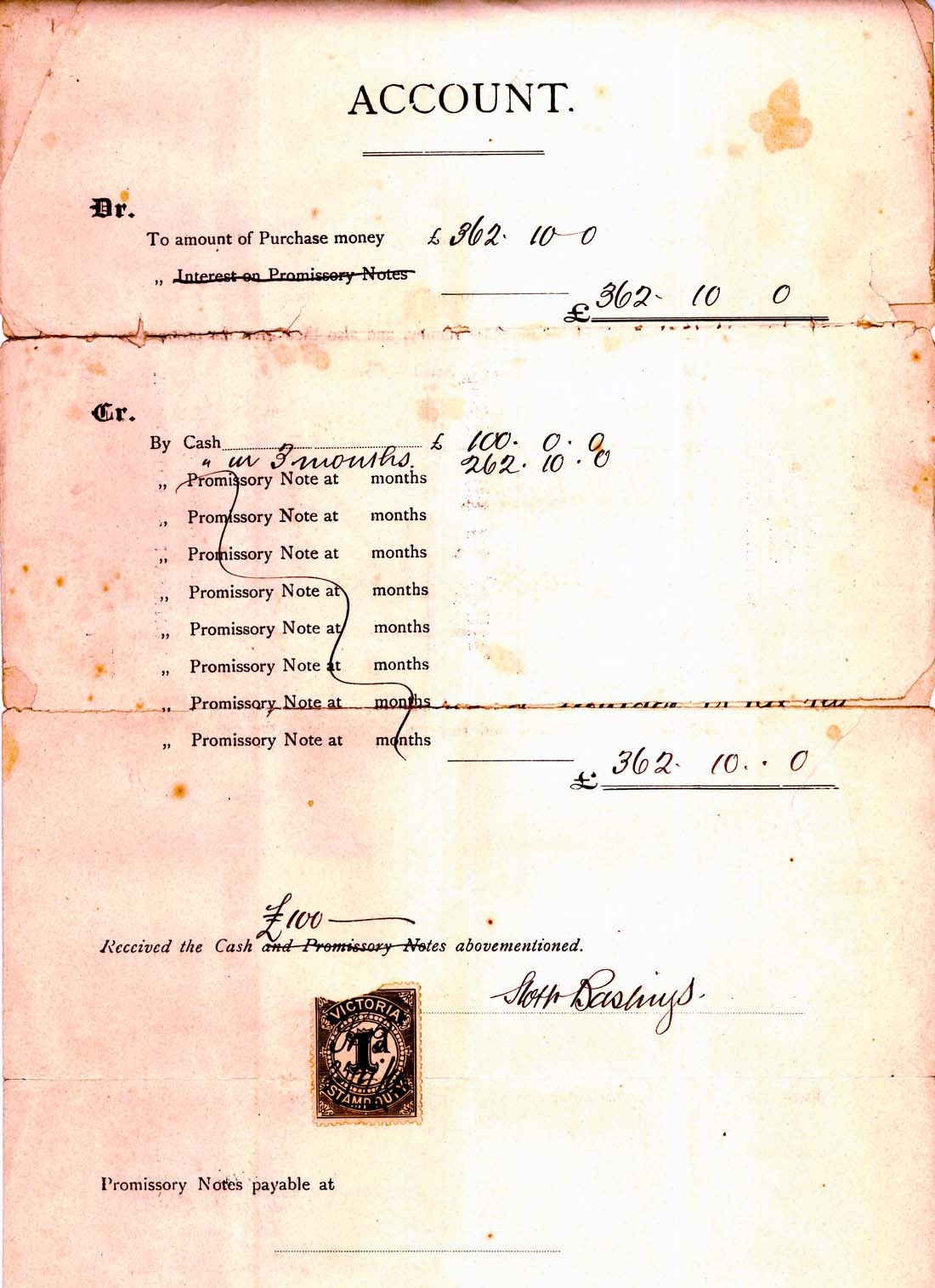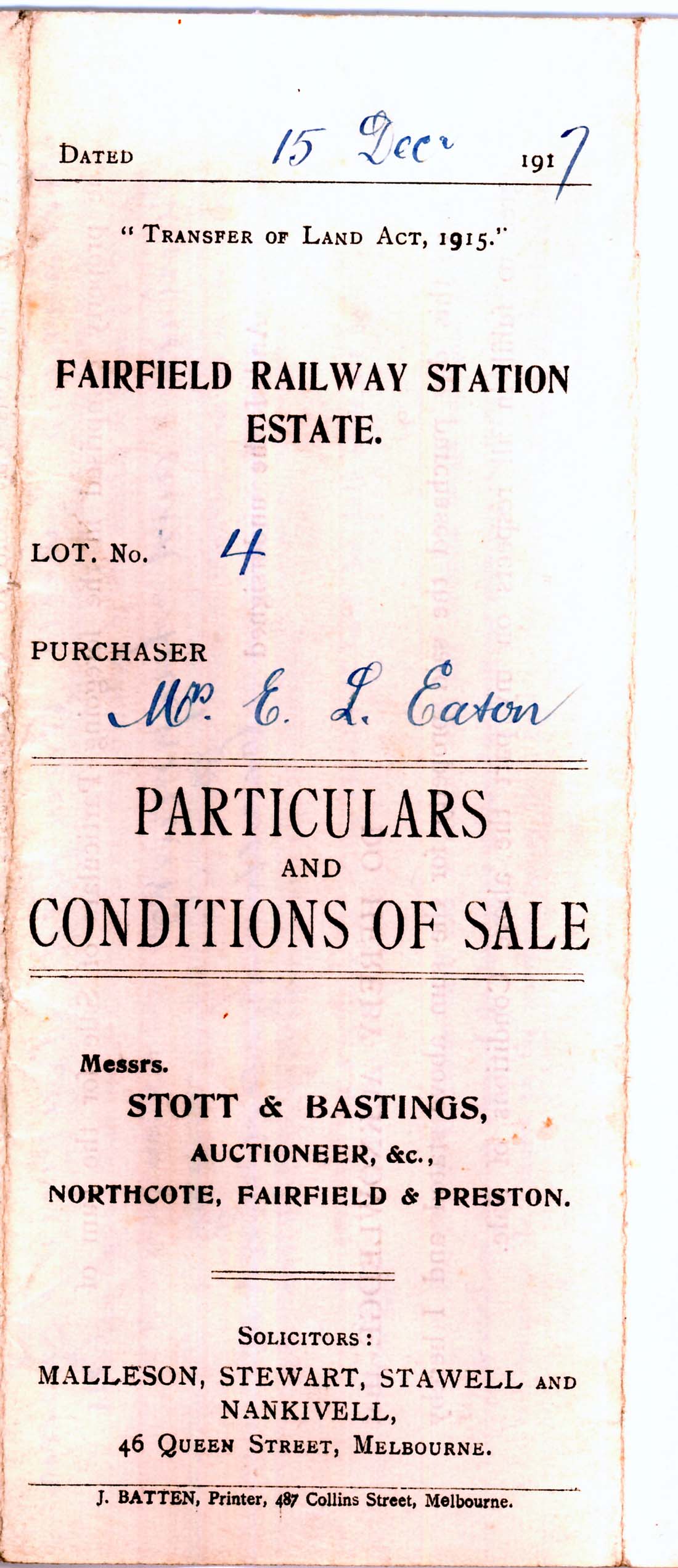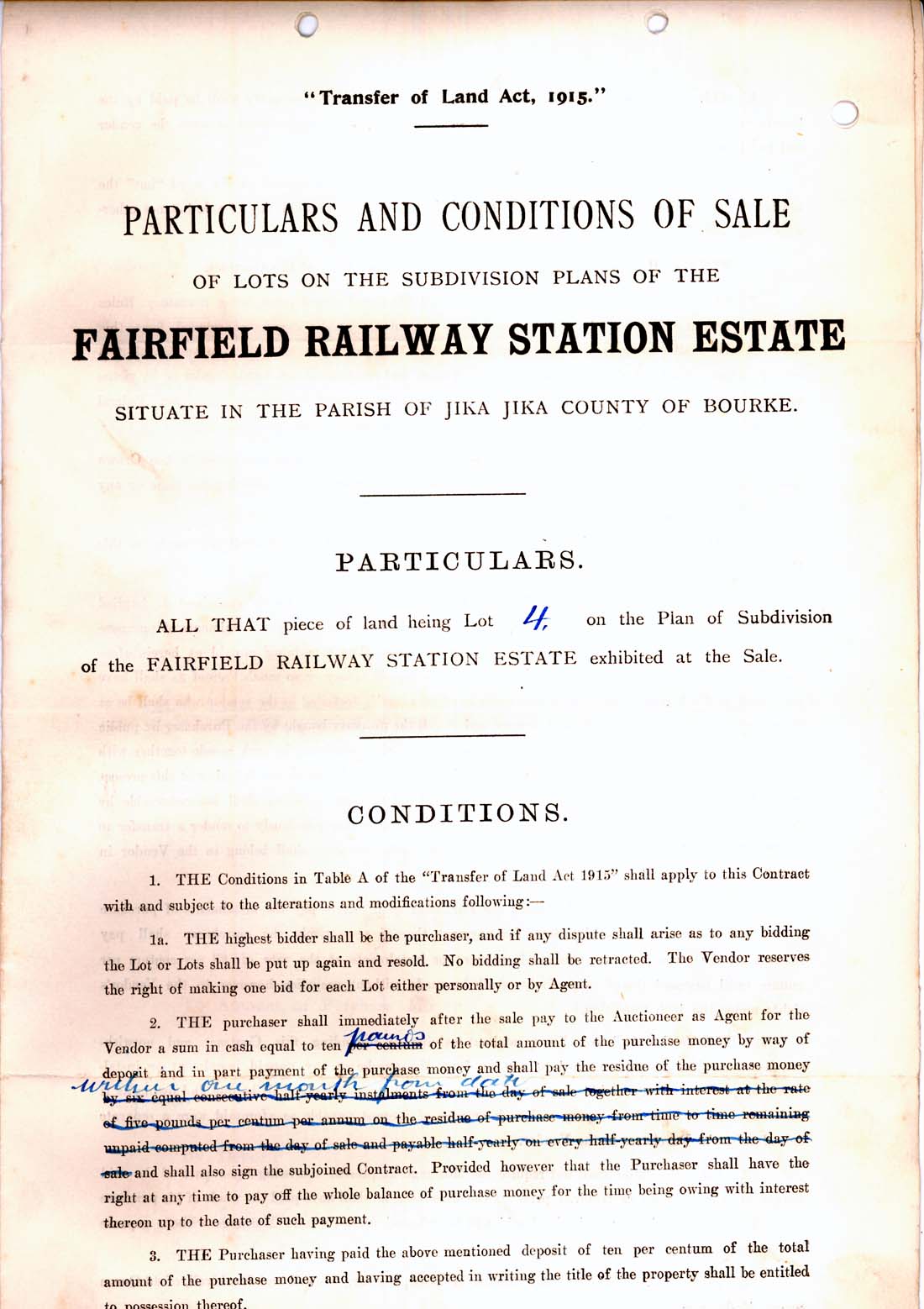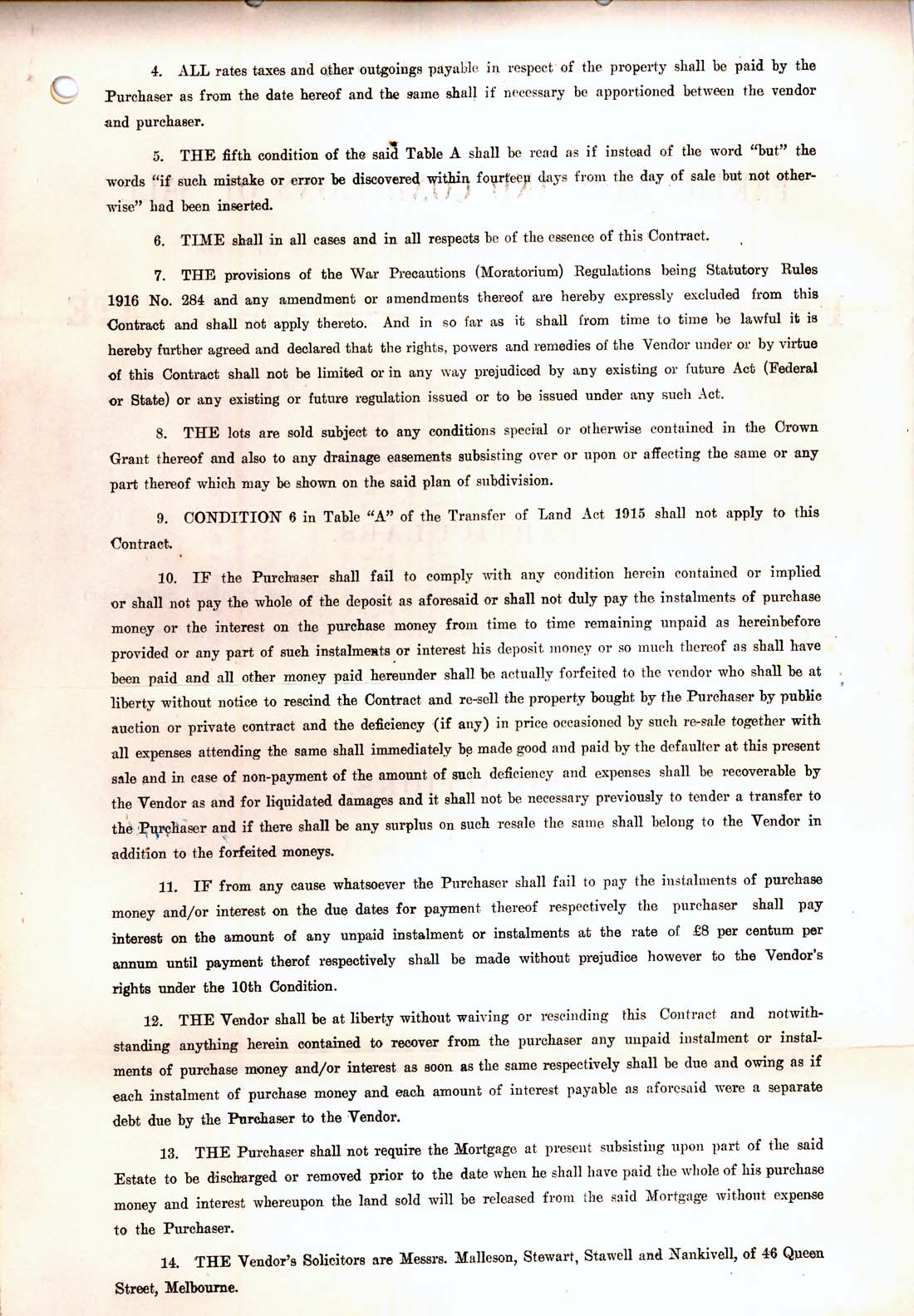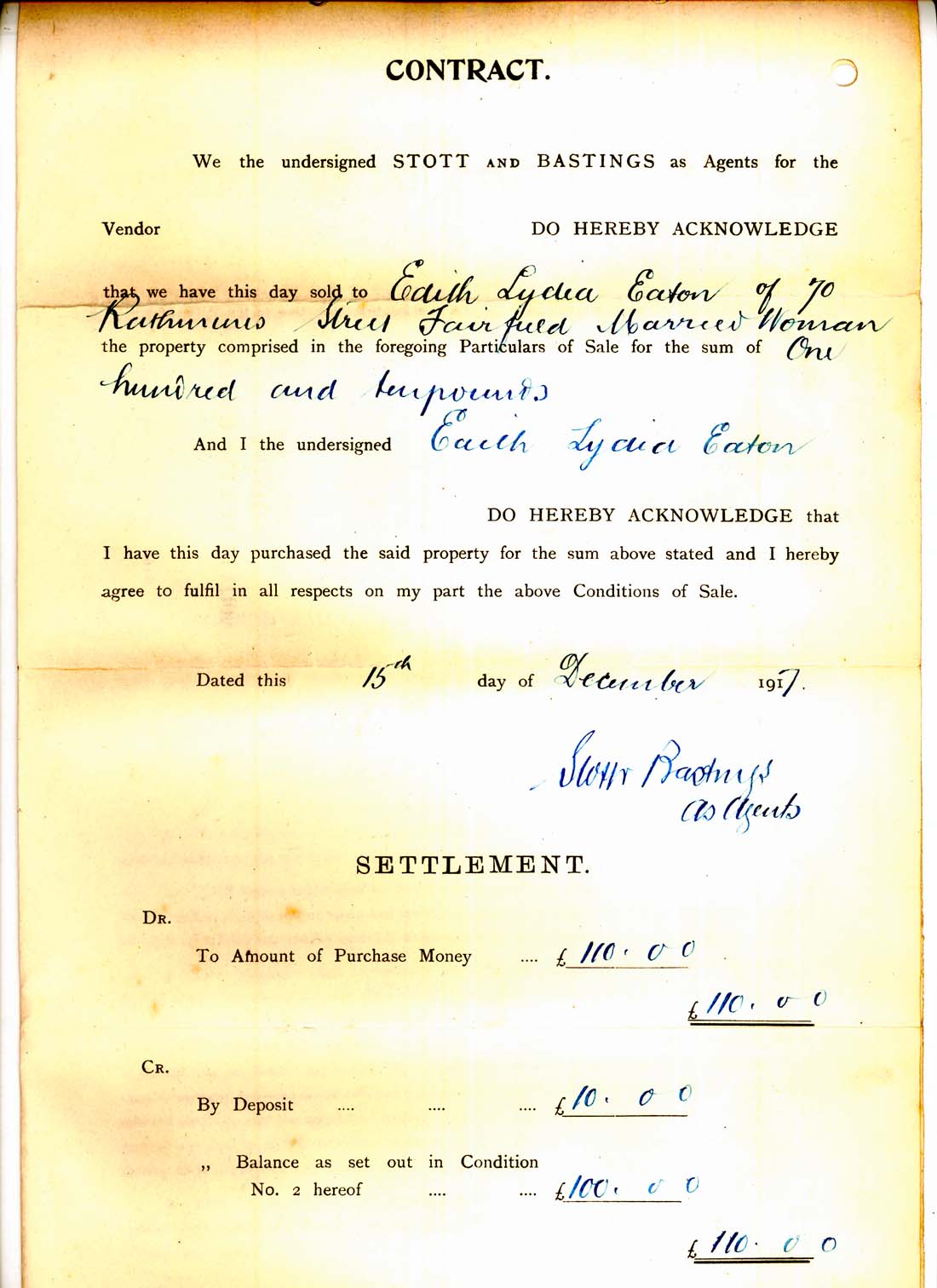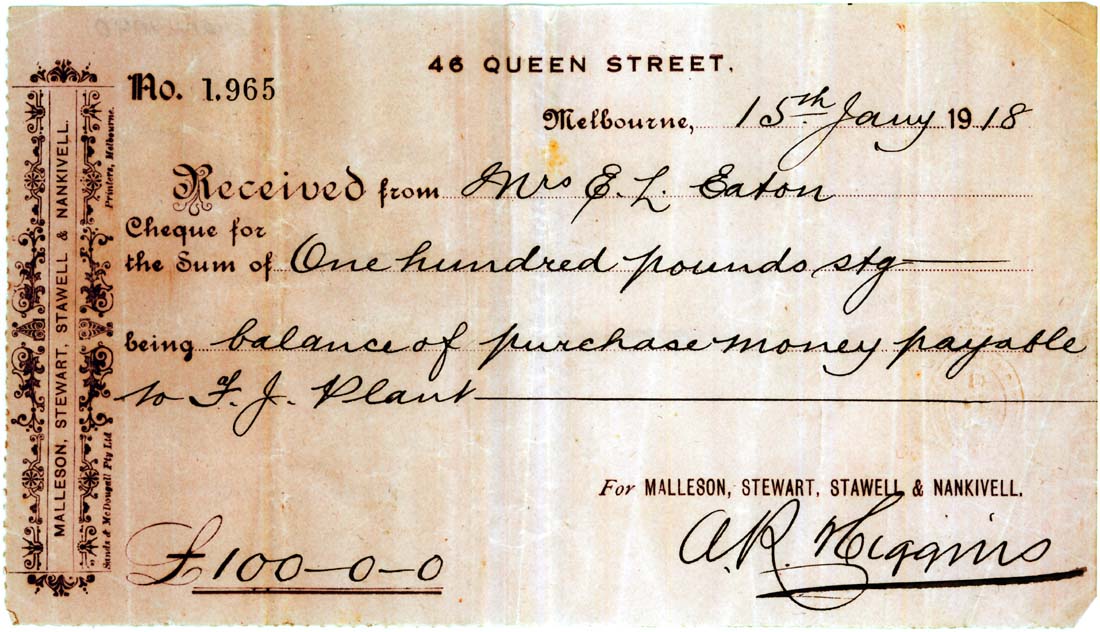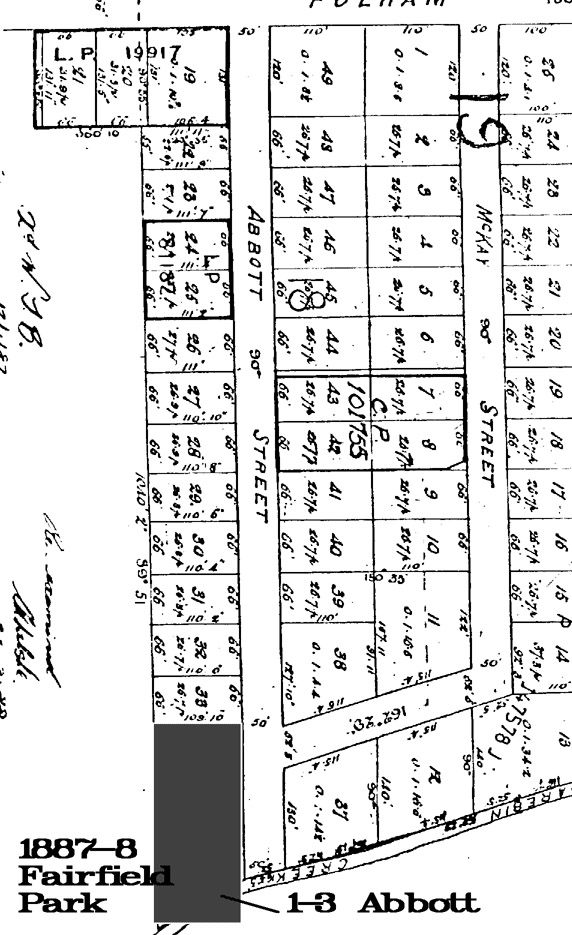Fairfield
In 1837 Robert Hoddle surveyed the lands surrounding Melbourne dividing them into parishes. Land sales were held for properties in the Jika Jika parish during the Melbourne land boom of the 1840s, which included the suburb to become known as Fairfield. Long, narrow allotments of about 90 acres were bought up by property speculators which offered frontages of the Yarra River or Darebin Creek (refer to map pg. 7 Lemon). In 1848 the Yarra Bend Lunatic Asylum opened in Fairfield beside the Yarra River at a site selected by Hoddle. In 1855 prominent artist Eugene von Guerard gives us a glimpse of the landscape around the Yarra and Merri. (refer to Picture Australia wesbite). He was also commissioned by the Perry Brother’s to paint their property “Fulham Grange”. The name Fairfield had been in use since the 1860s and it is commonly thought to have been named after Fairfield in Derbyshire, England.
The 1880s were prosperous all around Melbourne, and in Fairfield and Alphington large tracts of land were bought up by the entrepreneurial Charles Henry James. Early subdivisions catered for affluent buyers with small acreages perfect for “gentlemen’s residences” along the Yarra in the prestigious estates of Fulham Grange and Fairfield Park. James subsequently bought land which stretched as far north as Thornbury. The creek frontages were sold separately as Darebin Glen and, in order to make his smaller estates on the flat land more attractive, James established a horse tramway in 1884 which ran the length of Station Street. Alphington was favoured for suburban settlement over the low lying section of Fairfield, which was regarded as undesirable due to poor drainage resulting in swampy conditions. The Grandview Hotel first opened in 1888 under licensee Dominick Norris to service travellers along the Heidelberg Road. The Fairfield Infectious Diseases Hospital opened at Yarra Bend in 1904.
The construction of railway stations in Fairfield and Alphington added to further settlement, although they were not as yet operational and referred to cynically as the “nowhere to nowhere” line. The Heidelberg Line eventually opened in 1888. Unfortunately as the railway passed through so many junctions on its way through the suburbs of Carlton, Fitzroy and Collingwood that the trip from the city to Heidelberg took upwards of an hour and a half.
The first school in Fairfield (no. 2711) was opened in 1885 with a meagre 25 students. In 1887 a new school building with a capacity of 150 students was built, however it couldn’t meet the demands of the growing suburb. This continued to be a problem for Fairfield until the 1970s. Depression afflicted Melbourne during the 1890s effectively halting the subdivisions that had initially settled the area.
In 1901 the Heidelberg railway line was much improved, now running half hourly during peak times and directly to Princes Bridge, Melbourne via Clifton Hill. In the years following up until the First World War Fairfield’s population grew to over 2,500. This was largely due to the overcrowding of inner city suburbs, particularly Collingwood and Fitzroy. Problems with flooding again proved a major impediment to expansion. Fairfield was predominantly known as a gateway to “Heidelberg the Beautiful”, which had been immortalised by the famous painters of the Heidelberg School of the late 1800s. Fairfield benefited as a result and much money was spent by council planting trees and landscaping parks. Most notably Fairfield Park received a major facelift in 1912 and the Boathouse, established in 1908, proved increasingly popular for many decades. In 1919 the Australian Paper and Pulp Co. mill was established becoming the largest industrial complex in the district.
By the 1920s, the flood-prone flat area of Fairfield had been drained and Station Street was established as the principal shopping strip. The prestigious area adjacent to the Yarra and Heidelberg Road remained the site for more stately homes however during the 1920s and 30s a separate Fairfield grew outwards to the north until it met the houses of Westgarth and Northcote. This growth was only halted as the Great Depression again saw housing construction slow to non existence.
After years of hardship along with the rest of the country, Fairfield and the surrounding suburbs gained a new prosperity in the post World War 2 years thanks in part to the proliferation of factory jobs in the area. In 1962 Fairfield finally separated from Heidelberg council thanks to the overwhelming support of its residents and, along with Alphington, became part of the City of Northcote. The character of the suburb moved from predominantly blue colour towards middle-class gentrified, driving housing prices up as the inner city again became sought after in the 1980s and 1990s. On 22 June 1994, the City of Northcote was abolished and was merged with neighbouring Preston into the newly-created City of Darebin.
